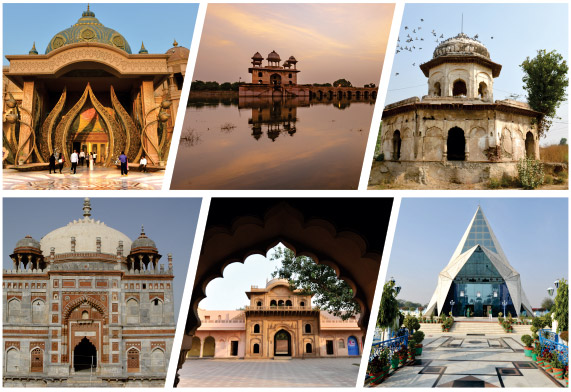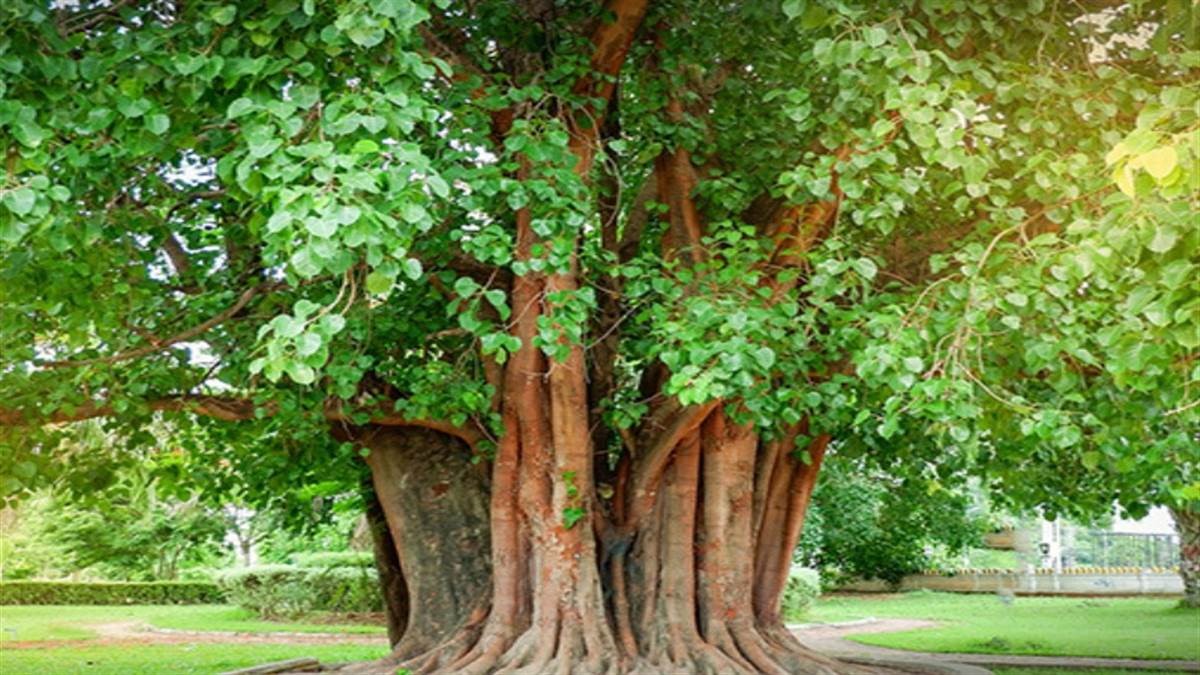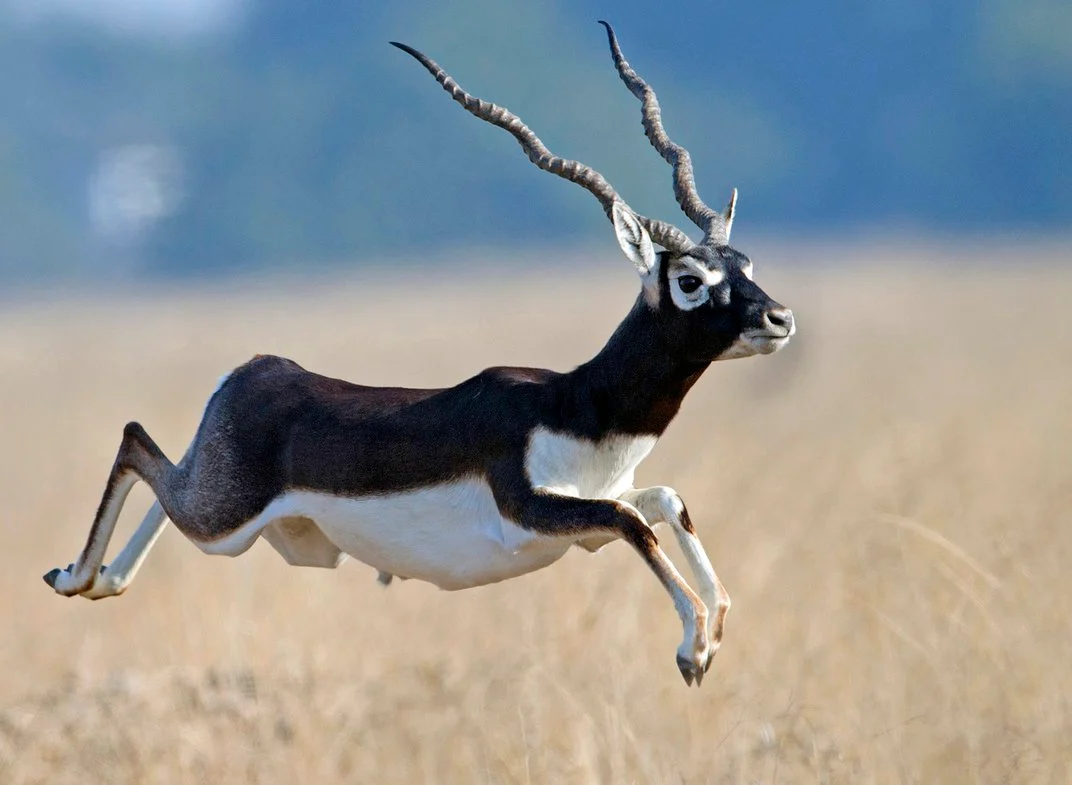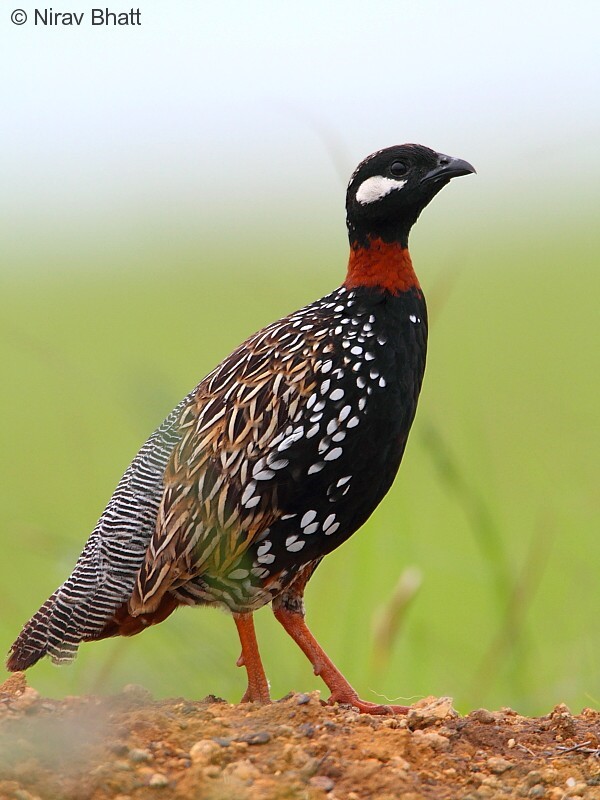

26 th All India Forest Sports Meet
10th March 2023 to 14th March 2023
Panchkula :: Haryana

Shri Vineet Garg, IAS
Addl. Chief Secretary (Forest)
Haryana

Sh. Jagdish Chander, IFS
PCCF & Head of Forest Force
Haryana
Haryana
Haryana is a North Indian state surrounding New Delhi on 3 sides. The Yamuna River runs along its eastern border with Uttar Pradesh. Sharing with Punjab, the state capital Chandigarh is known for its modernist buildings and grid like street plan designed by Swiss architect, Le Corbusier. The Zakir Hussain Rose Garden in Chandigarh features 1,600 varieties of roses, the Rock Garden showcases sculptures made with recycled materials and Sukhna lake is a man-made lake that is spread over an area of 3 square kilometres in Chandigarh., are well-known tourist attractions in the capital.
Haryana is known for its rich cultural and historical significance. It is the birthplace of the Bhagavad Gita, a 700-verse Hindu scripture which is a part of the ancient Indian epic, the Mahabharata. The city of Kurukshetra, located in Haryana, is believed to be the site where the Bhagavad Gita was first recited. Haryana (a.k.a Hariyana) is an ancient name. During the olden period, this region was known as Brahmavarta, Aryavarta and Brahomoupdesa. These names are based on the emergence of Brahma-Lord on the land of Haryana, the abode of Aryans and home of the preaching of Vedic cultures and other rites.
The Tricity, comprising Chandigarh, Mohali, and Panchkula, is a thriving urban agglomeration that is known for its excellent infrastructure, high standard of living, and cosmopolitan culture. The Tricity is home to several IT and BPO companies, as well as major industrial units, educational institutions, and healthcare facilities.
The Haryana government has been actively undertaking various developmental works in the state, with a focus on improving infrastructure, education, healthcare and tourism. The state has made significant progress in improving the ease of doing business and has emerged as a preferred destination for industries. Haryana is also the first state in India to provide a 24x7 power supply to all its residents.
In recent times, Haryana has emerged as a powerhouse in sports, producing some of the most celebrated sports personalities in the country. Haryana has consistently churned out medal-winning athletes at national and international events. This is a testament to the state government's focus on sports and its efforts to create world-class sporting infrastructure in the state.
To encourage sports persons associated with the Forest Departments and Forestry related institutions; Haryana is hosting the 26th All-India Forest Sports Meet from 10th to 14th March 2023. With this, Haryana has the honour to become the first State to host All India Forest Sports Meet three times. This event is expected to witness 2500 participants from 38 States/Institutions in 275 events, across the country.
Panchkula, the venue of 26th All India Forest Sports Meet is a beautiful city located in the foothills of the Shivalik range, is known for its well-planned layout and green spaces. The city boasts of several tourist attractions including the Mansa Devi Temple, Cactus Garden, Pinjore Garden etc. The Pinjore Garden, also known as Yadavindra Gardens, are spread over an area of 100 acres and feature beautiful Mughal-style gardens and fountains. With its picturesque landscapes, excellent sporting infrastructure and world-class tourist attractions, Haryana is poised to offer participants and visitors a memorable experience.


PEEPAL TREE
The peepal tree’s spiritual significance is the paradise of God, according to Chandogya Upanishad and Atharva Ved. Hindus believe that Lord Vishnu, with his half Lakshmi, resides on this tree on Saturday. Due to this belief of Hindus, people consider pouring water to the roots of the tree to be good every Saturday.
Lord Shiva, Brahma, and Vishnu are said to have held their councils under this tree, making it even more sacred to Hindus. Lord Shiva is represented by the leaves, Vishnu by the trunk, and Brahma by the roots. The “Brahma Purana” also claims that Lord Vishnu was born under a Peepal Tree, so the “Peepal tree” also represents Lord Vishnu.
Because of its significance, this tree is revered as a god in Indian mythology. Krishna’s child form is depicted on a peepal leaf in painting and sculpture. Lord Krishna is also associated with Peepal. “Among trees, I am the ashvattha,” he says in the Holy Scripture Bhagavad Gita. The Peepal tree is also where Lord Krishna is said to have died.

BLACK BUCK (Antelope)
BLACKBUCK, mrig of the Indian folklore and closely associated with Indian art and literature, is facing extinction. The rock paintings of Central India, dating back to circa 5000-2500 BC, portray this handsome member of the Bovidae family. Some seals of the Indus Valley Civilisation (circa 3500-1500 BC) also carry its image. It is also associated
with a couple of ragas of the Indian classical music, besides occupying a significant place as a friend of the heroine in love stories, poems and paintings. It’s State animal of Haryana.
The sole representative of genus antilope in India, the blackbuck, one of the most graceful antelopes, prefers to stay in a herd. The leader of the herd is a female. The blackbuck lives in open plains with short-grass tracts, feeding on grass and various cereal crops. The colour of the coat of the doe and young male is yellowish fawn. When a male becomes three years old, the colour of its coat starts darkening and becomes almost black on the back. However, in South India, the colour is dark brown. The male boasts of beautiful spiral horns whereas the female of the species is hornless.
The female reaches sexual maturity at two years of age. There is no specific season for mating and it takes place throughout the year.
There has been a drastic decline in the population of the blackbuck. Not very long ago, the lakhi daar of deer with a herd of one lakh blackbuck roamed freely in what is present Punjab and Haryana. Now very few of them can be seen around villages of Bishnois in Haryana and Rajasthan. Despite having been listed in Part I of Schedule I of the Indian Wildlife Protection Act, 1972, as endangered, the blackbuck continues to be hunted for sport. A case was recently registered against Bollywood actor Salman Khan for hunting a blackbuck.

BLACK PATRIDGE
It was formerly known as the Black Partridge. It is the state bird of Haryana state. The head of the black francolin is curved with brown iris eyes color and unique pattern of brown color crown and the throat color is black. The primary color is black with black breast rufous belly, white spots on flanks and golden-brown spots at the back of body.
The flight pattern of black francolin is short, direct flight punctuated by glides with rounded wings, rounded tail narrow black and white bars.
The male black francolin is black with white patch on the cheek, a chestnut collar and white spots on the flanks. The back and wings are scalloped with shades of golden brown with sub-terminal tawny-buff bands and pale edges. Tail is black with narrow white or greyish bars. Legs are reddish-brown to red.
The female is mainly brown, but has a chestnut hind neck. The extent of the white spotting on the flanks varies substantially across the species' range and the depth of colour of the females similarly varies. The female has the upper plumage, wings and tail as in the male but the black is replaced by mottled brown and the brown bars on the lower back and tail are wider. Female is similar but dull with no cheek patch, and collar is replaced with a nuchal patch. Head and under parts are buff where the male shows black. Rump and upper tail coverts light brown. Black francolins appear to be found in scrubby habitats with plenty of cultivated crops tall enough to offer shelter and open beneath to provide escape routes and easy travel. They prefer the areas of thick vegetation, usually near water. They are not forest birds but will frequent brush land and wood edges associated with grass land. They appear to be more closely associated to water than chukars are, and in drier areas.
The call of the black francolin, described as a loud ringing klik cheek-cheek-cheerakik or "kik-kik-kik"," kwee-kweeeee-kwee" can be heard in the mornings and evenings and almost all day during the breeding season. The male calls standing on an earth mound, bund, rock or a low tree branch and is soon joined by other birds answering from all directions.






